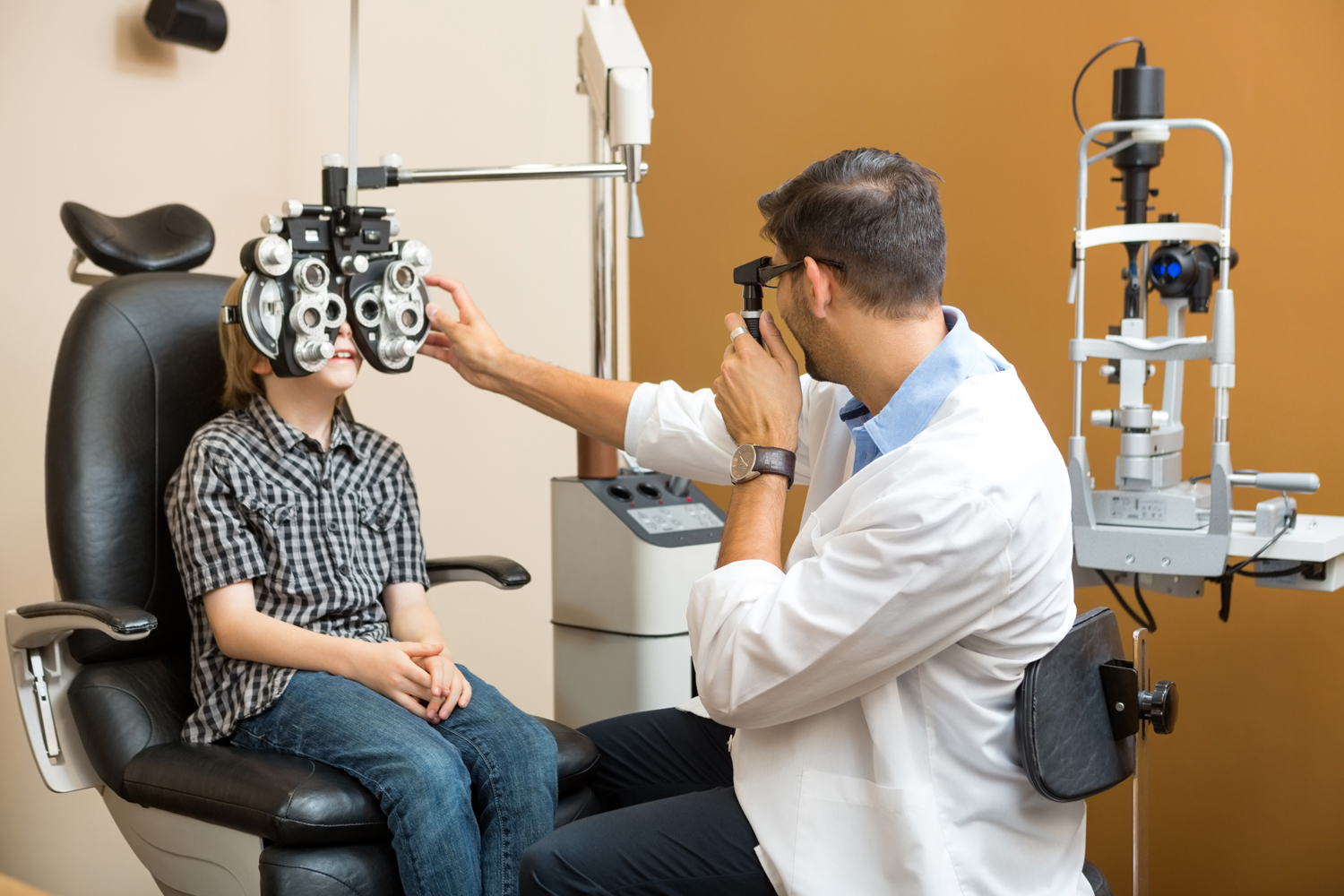The Significance of Regular Check-Ups with an Eye Doctor Optometrist
The Significance of Regular Check-Ups with an Eye Doctor Optometrist
Blog Article
Exploring the most recent Technological Advancements in Optometry and What They Mean for Optometrists
From the accuracy of Optical Coherence Tomography to the nuanced understandings provided by AI-driven analysis tools, these technologies are establishing brand-new criteria in patient assessment and therapy. As these improvements permeate the practice, optometrists are faced with the challenge of embracing these tools to improve client end results.
Advancements in Diagnostic Tools
Progressing the field of optometry, innovations in diagnostic devices have reinvented the means eye care professionals analyze and diagnose visual disabilities and ocular conditions. The previous years has witnessed significant technical developments, enabling more precise and comprehensive analyses.
An additional secret development is the introduction of innovative corneal topography systems, which map the surface curvature of the cornea with accuracy. These tools are especially useful for suitable call lenses and identifying corneal problems. In addition, digital retinal imaging has changed conventional ophthalmoscopy, using in-depth, scenic views of the retina that facilitate extensive visual exams.
The growth of wavefront aberrometry has actually additionally been critical, enabling the evaluation of refractive mistakes with unparalleled precision (Eye Doctor Optometrist). This innovation assists in personalizing restorative lenses and enhancing medical results for refractive surgical treatments. Collectively, these diagnostic advancements equip eye doctors to deliver remarkable patient care, guaranteeing very early intervention and customized treatment strategies, inevitably enhancing aesthetic health end results
AI in Patient Administration
Structure on the structure of cutting-edge analysis tools, the unification of artificial knowledge (AI) in individual administration stands for a transformative jump for optometry. AI systems are increasingly employed to enhance efficiency, accuracy, and customization in patient care.
Additionally, AI-driven systems promote streamlined patient communications and administrative procedures. Automated organizing, digital examinations, and personalized follow-up strategies not just improve client complete satisfaction however also maximize time administration for specialists. These systems can triage patients based upon the necessity of their conditions, ensuring that those in essential demand get timely interest.
Additionally, AI enhances decision-making by offering optometrists with evidence-based recommendations and treatment pathways. By integrating information from electronic health documents, AI devices offer insights that notify clinical choices, minimizing the threat of mistakes and enhancing individual results. As AI remains to advance, its function in individual administration will likely broaden, improving the landscape of optometric treatment.
Breakthroughs in Retinal Imaging
In the world of optometry, retinal imaging has experienced impressive technological innovations that are improving diagnostic capabilities and person treatment. Technologies such as Optical Comprehensibility Tomography (OCT) and fundus photography have actually transformed exactly how optometrists analyze the retina and visualize.
Enhanced imaging methods like OCT angiography are further refining diagnostic accuracy. This non-invasive method maps blood flow in the retina, supplying important understandings into vascular wellness without the demand for dye injections. Additionally, adaptive optics technology is being incorporated into retinal imaging systems to deal with ocular aberrations, providing unmatched photo clarity. Such improvements assist in the recognition of min retinal adjustments that can symbolize disease development.
Furthermore, improvements in artificial knowledge are boosting retinal imaging by enabling automatic analysis of large datasets. These systems help eye doctors in determining patterns a look at this web-site sign of pathology, consequently improving analysis precision and efficiency. Collectively, these developments are changing retinal imaging right into a cornerstone of modern eye treatment, enhancing outcomes and broadening therapeutic opportunities.
Teleoptometry's Growing Function
Teleoptometry is significantly ending up being a vital part of eye treatment, driven by developments in electronic communication and analysis tools. This is particularly helpful in underserved and rural locations where access explanation to specialized eye treatment is commonly minimal.
The combination of synthetic knowledge (AI) more improves teleoptometry, allowing the analysis of visual information and helping in the detection of ocular conditions such as glaucoma and diabetic retinopathy. AI-powered formulas can rapidly analyze intricate imaging data, giving eye doctors with beneficial insights that boost clinical decision-making.
Furthermore, teleoptometry supports connection of treatment with smooth assimilation with electronic health documents (EHRs), permitting eye doctors to preserve thorough patient backgrounds. When consulting with different professionals., this guarantees that clients receive customized and regular treatment even.
In spite of these advantages, challenges continue to be, including ensuring information security and handling client expectations. However, teleoptometry stands for a significant stride in the direction of more obtainable, reliable, and patient-centered eye care. As modern technology progresses, its role is positioned to expand better.

Future Trends in Eye Care
A myriad of innovative fads is readied to improve the future of eye care, driven by technical advancements and the evolving demands of individuals. One substantial trend is the integration of fabricated intelligence (AI) in diagnostics, which assures to improve the accuracy and efficiency of eye examinations. AI formulas can analyze huge quantities of information from retinal pictures, potentially finding conditions like diabetic retinopathy and glaucoma earlier than conventional techniques.
Furthermore, individualized medicine is gaining traction in optometry, with genetic testing notifying personalized treatment strategies. This strategy aims to optimize person end results by customizing interventions to individual hereditary profiles. Wearable innovation, such as clever call lenses, is also on the horizon, providing real-time surveillance of intraocular pressure or sugar levels, hence giving continuous understandings right into ocular and systemic health.
The adoption of enhanced truth (AR) and online reality (VR) in training and individual education is another arising pattern. These innovations supply immersive experiences that can enhance understanding and abilities read both for patients and optometrists. As these patterns progress, eye doctors have to stay abreast of technological developments to offer advanced treatment, guaranteeing better person outcomes and satisfaction in the vibrant landscape of eye treatment.
Final Thought

Jointly, these analysis advancements empower optometrists to deliver remarkable individual care, guaranteeing early treatment and customized treatment methods, eventually improving visual wellness end results.

As these innovations continue to progress, optometrists have to adapt and integrate them into technique, inevitably maximizing operations performance and raising the requirement of eye treatment delivered to clients.
Report this page